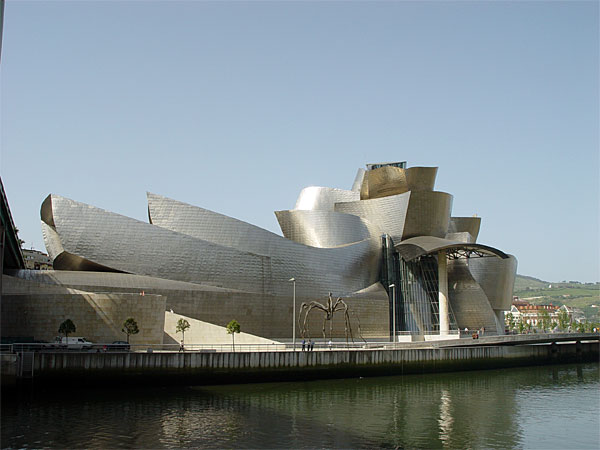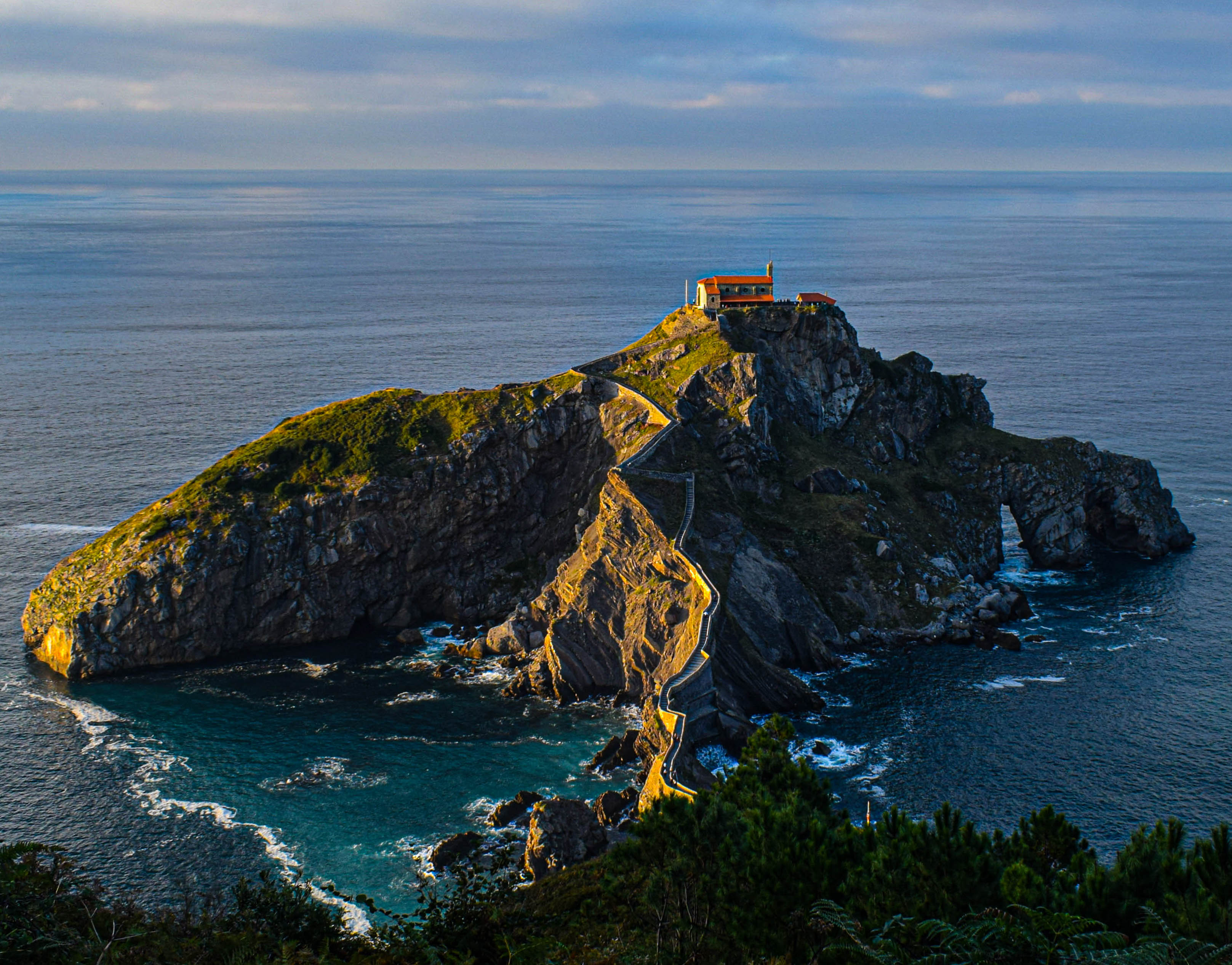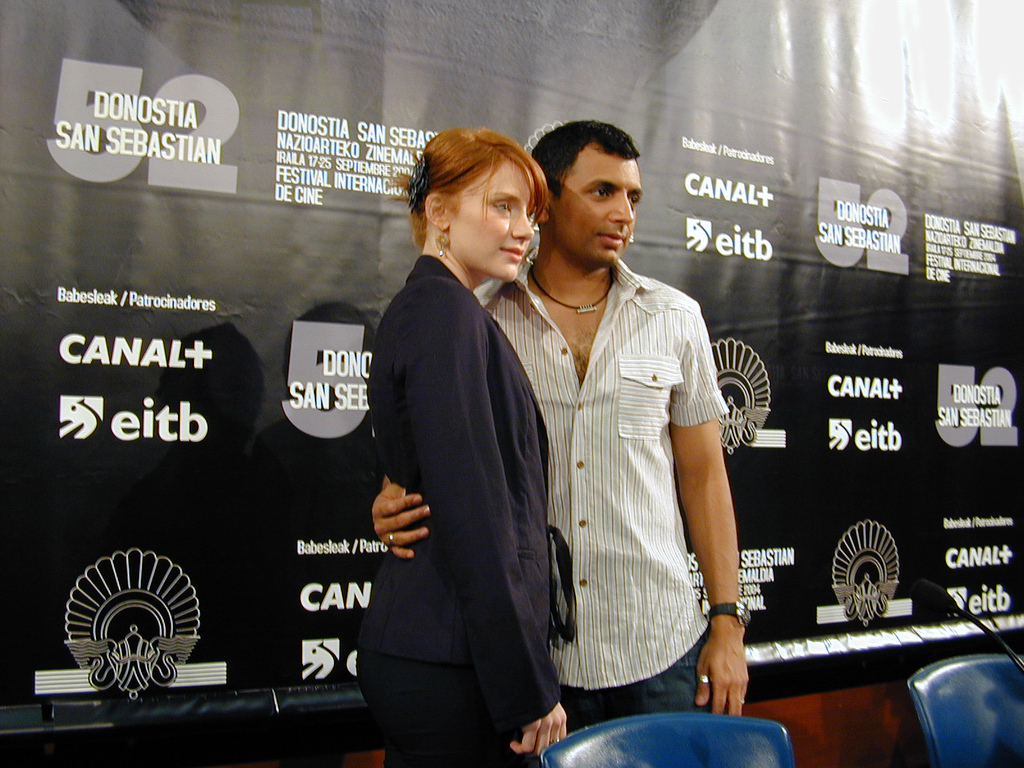|
Tourism In The Basque Country
Tourism in the Basque Autonomous Community has increased considerably in recent years. According to data from the Eustat (Basque Institute for Statistics) the number of tourists entering the region in the year 2009 was 1,991,790, with the final result still pending. 71% of the yearly visitors come from the rest of Spain; the greatest number from Madrid Autonomous Community (14.2%), and Catalonia (11.1%). International visitors make up the remaining 29% - the largest percent come from France (7.2%). 62% of the people who come to the Basque Autonomous Community visit one of the three capitals, 27% visit inland and 11% visit the coast. The average stay of the visitors is 2 days. 272 establishments possess the Q award, a certificate denoting quality in the Spanish tourism sector. In the Basque Autonomous Community 140 tourist establishments, including hotels, apartments and tourist offices, among others, have the Accessibility Seal from a program which advises tourist establishments how ... [...More Info...] [...Related Items...] OR: [Wikipedia] [Google] [Baidu] |
Basque Autonomous Community
The Basque Country (; eu, Euskadi ; es, País Vasco ), also called Basque Autonomous Community ( eu, Euskal Autonomia Erkidegoa, links=no, EAE; es, Comunidad Autónoma del País Vasco, links=no, CAPV), is an autonomous community of Spain. It includes the provinces (and historical territories) of Álava, Biscay, and Gipuzkoa, located in the north of the Iberian Peninsula, bordering on the autonomous communities of Cantabria, Castile and León, La Rioja, and Navarre, and the French region of Nouvelle-Aquitaine. The Basque Country or Basque Autonomous Community is enshrined as a 'nationality' within the Spanish State in its 1979 statute of autonomy, pursuant to the administrative acquis laid out in the 1978 Spanish Constitution. The statute provides the legal framework for the development of the Basque people on Spanish soil. Navarre, which had narrowly rejected a joint statute with Gipuzkoa, Álava and Biscay in 1932, became a full-fledged foral autonomous community in 1982. ... [...More Info...] [...Related Items...] OR: [Wikipedia] [Google] [Baidu] |
Gaztelugatxe 4199995260
Gaztelugatxe is an islet on the coast of Biscay belonging to the municipality of Bermeo, Basque Country (Spain). It is connected to the mainland by a man-made bridge. On top of the island stands a hermitage (named Gaztelugatxeko Doniene in Basque; San Juan de Gaztelugatxe in Spanish), dedicated to John the Baptist, that dates from the 10th century, although discoveries indicate that the date might be the 9th century. With another small neighboring island, Aketx, they form a protected biotope that extends from the town of Bakio to Cape Matxitxako, on the Bay of Biscay. Etymology The word ''gaztelugatxe'' comes from the Basque ''gaztelu'' = "castle" and ''atx'' = "rock", forming "the rock castle". The word ''atx'' and its derivatives are usual in Basque toponyms related to rocky summits: ''Aketx'', ''Untzillatx'', ''Atxulo''... Description The Basque coast is rough in this area. The sea ceaselessly erodes the rocky coast creating tunnels, arches, and caves. The island of Ga ... [...More Info...] [...Related Items...] OR: [Wikipedia] [Google] [Baidu] |
Gaztelugatxe
Gaztelugatxe is an islet on the coast of Biscay belonging to the municipality of Bermeo, Basque Country (Spain). It is connected to the mainland by a man-made bridge. On top of the island stands a hermitage (named Gaztelugatxeko Doniene in Basque; San Juan de Gaztelugatxe in Spanish), dedicated to John the Baptist, that dates from the 10th century, although discoveries indicate that the date might be the 9th century. With another small neighboring island, Aketx, they form a protected biotope that extends from the town of Bakio to Cape Matxitxako, on the Bay of Biscay. Etymology The word ''gaztelugatxe'' comes from the Basque ''gaztelu'' = "castle" and ''atx'' = "rock", forming "the rock castle". The word ''atx'' and its derivatives are usual in Basque toponyms related to rocky summits: ''Aketx'', ''Untzillatx'', ''Atxulo''... Description The Basque coast is rough in this area. The sea ceaselessly erodes the rocky coast creating tunnels, arches, and caves. The island of ... [...More Info...] [...Related Items...] OR: [Wikipedia] [Google] [Baidu] |
Txindoki Mountain From Lazkaomendi
Txindoki or Larrunarri is an iconic mountain (1,346 m) located in the region of Goierri, Gipuzkoa, in the Basque Autonomous Community of Spain. Originally Larrunarri or Ñañarri (), the mount took on the popularized name Txindoki by extension after some shepherd huts nearby. It is sometimes referred to as the ''Basque Matterhorn'' too, because of its pyramidal shape. It stands out as the westernmost mountainous tip of the Aralar mountain range, with an easily recognized image that has become a symbol for all the Goierri valley. The towering mountain stands above the northern town Amezketa and its scattered farmhouses at its foot. For the most part, it is not covered in forest just like most of the Gipuzkoan side of Aralar. The steep slopes of the northern face and the Muitze valley are the wild part of Txindoki. The northern and southern side are clearly delimited by a rocky limestone crest running east to west up to the summit, which is almost entirely bare rock. The steep side ... [...More Info...] [...Related Items...] OR: [Wikipedia] [Google] [Baidu] |
World Without End (Follett Novel)
''World Without End'' is a best-selling 2007 novel by Welsh author Ken Follett. It is the second book in the Kingsbridge Series, and is the sequel to 1989's ''The Pillars of the Earth''. ''World Without End'' takes place in the same fictional town as ''Pillars of the Earth'' — Kingsbridge — and features the descendants of some ''Pillars'' characters 157 years later. The plot incorporates two major historical events, the start of the Hundred Years' War and the Black Death. The author was inspired by real historical events relating to the Cathedral of Santa María in Vitoria-Gasteiz. A television miniseries based on the novel aired worldwide in 2012. It premiered on Showcase in Canada on 4 September 2012; in the United States on Reelz Channel on 17 October 2012; on Channel 4 in the UK on 22 December, and on Star Movies in the Philippines in January 2013. The eight-part television event miniseries stars Cynthia Nixon, Miranda Richardson, Peter Firth, Ben Chaplin, Charlott ... [...More Info...] [...Related Items...] OR: [Wikipedia] [Google] [Baidu] |
Ken Follett
Kenneth Martin Follett, (born 5 June 1949) is a British author of thrillers and historical novels who has sold more than 160 million copies of his works. Many of his books have achieved high ranking on best seller lists. For example, in the US, many reached the number-one position on the ''New York Times'' Best Seller list, including ''Triple'' (1979), ''The Key to Rebecca'' (1980), ''Lie Down with Lions'' (1985), ''A Dangerous Fortune'' (1993), '' World Without End'' (2007), ''Fall of Giants'' (2010), ''Winter of the World'' (2012), and '' Edge of Eternity'' (2014).New York Times List of Number One Best Sellers Early life and education Follett was born on 5 June 1949 in Cardiff, Wales. He was the first child of Martin Follett, a tax inspector, and Lavinia (Veenie) Follett, who went on to have two more children, Hannah and James. Barred from watching films and television by his Plymouth Brethren parents, he developed an early interest in reading but remained an indifferen ... [...More Info...] [...Related Items...] OR: [Wikipedia] [Google] [Baidu] |
Vitoria-Gasteiz
es, vitoriano, vitoriana, , population_density_km2 = auto , blank_name_sec1 = Official language(s) , blank_info_sec1 = Spanish, Basque , timezone = CET , utc_offset = +1 , timezone_DST = CEST , utc_offset_DST = +2 , postal_code_type = Postal code , postal_code = 01001–01015 , area_code_type = Dialing code , area_code = , leader_title = Alcalde , leader_name = Gorka Urtaran , leader_party = Basque Nationalist Party , website = , module = , footnotes = Click on the map for a fullscreen view Vitoria-Gasteiz (; ), also alternatively spelled as Vittoria in old English-language sources, is the seat of government and the capital city of the Basque Country and of the province of Álava in northern Spain. It holds the autonomous community's House of Parliament, the headquarters ... [...More Info...] [...Related Items...] OR: [Wikipedia] [Google] [Baidu] |
Vitoria 10
Vitoria or Vitória may refer to : People * Francisco de Vitoria (c. 1483–1546), a Spanish Renaissance theologian * Alberto Vitoria (1956–2010), Spanish footballer * Rui Vitória (born 1970), Portuguese retired footballer * Steven Vitória (born 1987), Canadian-born Portuguese footballer Places Brazil * Vitória, Espírito Santo, capital city of the state of Espírito Santo * Vitória (island), on which the city in Espírito Santo is located * Vitória de Santo Antão, city in Pernambuco * Vitória da Conquista, city in the state of Bahia * Greater Vitória, an administrative unit of Brazil * Vitória Brasil, a municipality in the state of São Paulo, Brazil * Roman Catholic Archdiocese of Vitória, Brazil * Vitória, Salvador, a neighborhood in the Brazilian city of Salvador in the state of Bahia Portugal * Vitória (Porto), a parish of the Portuguese city of Porto Spain * Roman Catholic Diocese of Vitoria, Spain * Vitoria-Gasteiz, the capital city of the province of Álav ... [...More Info...] [...Related Items...] OR: [Wikipedia] [Google] [Baidu] |
San Sebastián International Film Festival
The San Sebastián International Film Festival ( SSIFF; es, Festival Internacional de San Sebastián, eu, Donostia Zinemaldia) is an annual FIAPF A category film festival held in the Spanish city of Donostia-San Sebastián in September, in the Basque Country. Since its creation in 1953 it has established itself as one of the 14 "A" category competitive festivals accredited by the FIAPF, of which it has one of the lowest budgets. It has hosted several important events of the history of cinema, such as the international premieres of ''Vertigo'', by Alfred Hitchcock (who attended the Festival) and the European premiere of ''Star Wars''. It was the first festival attended by Roman Polanski and has helped advance the professional careers of filmmakers such as Francis Ford Coppola, Bong Joon-ho and Pedro Almodóvar. José Luis Rebordinos has served as the director of the festival since 2011. History The festival was founded in 1953 with the first festival starting on September ... [...More Info...] [...Related Items...] OR: [Wikipedia] [Google] [Baidu] |



.jpg)

